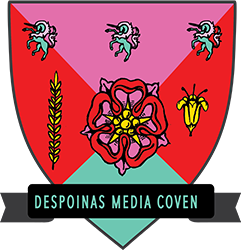The White Possessive (extract) by Aileen Moreton-Robinson
Possession: the act or fact of possessing; the state of being possessed; ownership; Law actual holding or occupancy, either with or without rights of ownership; a thing possessed; plural property or wealth; a territorial domination of a state; control over oneself, one’s mind, etc. the feeling or idea itself. — The Macquarie Concise Dictionary, 1998
“Possession” i s one of those little words with lots of meanings: ownership, rights, containment, domination, and control. In Australia, taking possession of Indigenous lands and people by the British Crown was a proprietary right exercised under its law. The Crown “owned” and continues to “own” the land inhabited by its subjects and confers on them proprietary rights that are intangible and tangible. The colonists were formally deemed to be property-owning subjects through their relationship to the Crown regardless of whether or not they came in chains. The development of civil rights had occurred in Britain in the eighteenth century and was instrumental in changing the nature of the feudal system to one of mercantile capitalism. Civil rights were composed of those necessary “for individual freedom—liberty of person, freedom of speech, thought and faith, the right to own property and conclude valid contracts, and the right to justice.” [1] This contractual relationship between white subjects and the Crown is the foundation upon which the colony and subsequent nation was built as a white possession. Since the Mabo decision, it has become popular within legal discourse to argue that Indigenous people too were subjects of the Crown under British law. However, this “fact” of British subjecthood was disputed by the colony of New South Wales, which turned This contractual relationship between white subjects and the Crown is the foundation upon which the colony and subsequent nation was built as a white possession. Since the Mabo decision, it has become popular within legal discourse to argue that Indigenous people too were subjects of the Crown under British law. However, this “fact” of British subjecthood was disputed by the colony of New South Wales, which turned that status into one of wardship, thus setting the precedent for subsequent governments to follow. [2]
Indigenous people have never been recognized as property-owning subjects in our own right as Indigenous peoples, and this continues in current law and policy. Native title is not Indigenous sovereignty because it is nothing more than a bundle of rights to hunt, gather, and negotiate as determined by Australian law. Indigenous ownership of the territory, now called Australia, constituted more than a bundle of rights long before it was colonized by white men. The refusal to recognize Indigenous people as property-owning subjects is one of the reasons why our existence has always been tied to welfare dispensed at the discretion of colonial, state, and national governments and our sovereign claims denied. [3] At an ontological and epistemological level, the Crown and subsequent governments have treated us as their property. We have been represented within popular and legal discourse as not owning anything, not even our bodies; we are propertyless. This is in contrast with how whiteness became a form of property in law as a possession constitutive of white subjectivity. As Cheryl Harris argues in the U.S. context, upon the Crown’s assumption of sovereignty, only white property rights were validated by the law: “Possession—the act necessary to lay the basis for rights in property—was defined to include only the cultural practices of whites. This definition laid the foundation for the idea that whiteness—that which whites alone possess—is valuable and is property.” [4]
Similarly, in Australia, the nation has been operating as a white possession reinforcing its investments. This is why, as Stratton has argued throughout the nineteenth and twentieth centuries, homogeneity of race, language, and culture was the most important concern of the nation. 5 The pervasiveness of the nation’s white possessiveness functions through social institutions such as the workplace, operating in everyday intersubjective relations between Indigenous and white subjects. These daily intersubjective relations are the mechanisms by which the exercising of white possession is experienced by Indigenous people as racism.
– Extract from Aileen Moreton-Robinson, The White Possessive: Property, Power and Indigenous Sovereignty (2015), pp 93-95. Published by University of Minnesota Press, Minneapolis. Full text available for purchase here.








